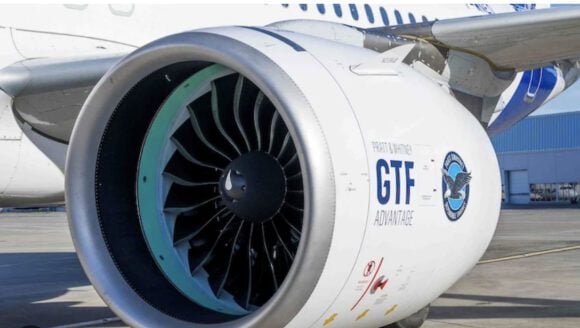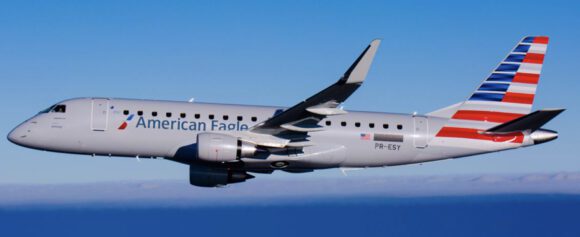People like to make jokes about air travel in the US. It the staple of every dinner party and also great value for any stand-up comic. Is service really that bad? After all, Americans are paying relatively low fares and they get to travel across a really big piece of real estate very safely, and perhaps even conveniently.
There is always some truth in humor, however.
The chart below provides some clues. It’s true there are fewer employees working for airlines. That can be explained by airline consolidation and increased use of technology. Automation has reduced the need for airline employees.
 There is a hint that, perhaps, service levels may have fallen though. After all, how much can service be automated? Ticket kiosks certainly have reduced the number of check-in agents. But how big an impact has that really had?
There is a hint that, perhaps, service levels may have fallen though. After all, how much can service be automated? Ticket kiosks certainly have reduced the number of check-in agents. But how big an impact has that really had?
If we breakout those people who are defined as “passenger-facing” (DoT defines them as “Passenger Handling Employees”), the story appears to change. The next chart uses 1995 as a base year and shows the relative changes in passenger handling personnel to traffic over the period.
 What we can see is that US airlines have in fact tried hard to keep the human component (passenger facing staff) stable and at close to historic ratios – even as passenger numbers varied widely with economic conditions.
What we can see is that US airlines have in fact tried hard to keep the human component (passenger facing staff) stable and at close to historic ratios – even as passenger numbers varied widely with economic conditions.
Where airlines have managed to start reducing headcount has been among those who are not passenger facing. Airlines have found ways to automate back offices and other elements that passengers don’t see as they have reduced overheads to improve profitability. Industry consolidation, and eliminating duplicate layers as two management teams are squeezed into one, has certainly played a major role in that regard.
The Bottom Line
With similar numbers of passenger-facing personnel, airline service hasn’t suffered from a lack of proper staffing. While customers may be dissatisfied with tighter pitch thin line seats, paying for meals, baggage fees, and other surcharges, it doesn’t appear that the number of passenger service personnel is a root cause of passenger dissatisfaction. But it may be what these people are doing.
While there is still somebody at the counter, the agent could be more likely to be enforcing carry-on limitations and collecting additional fees, which might be a root cause of passenger dissatisfaction, as the industry moved to the ancillary revenue pricing structure.
Views: 1




I would think that another factor which possibly has influenced passenger dissatisfaction would be the relatively large spike in commercial air travel customers, especially if the starting benchmark is 1995. And yes, while many airports have done the best to automate certain processes and control flow better, tighter security and just the shear volume of people has contributed to a pretty packed, uncomfortable experience for the average traveler.